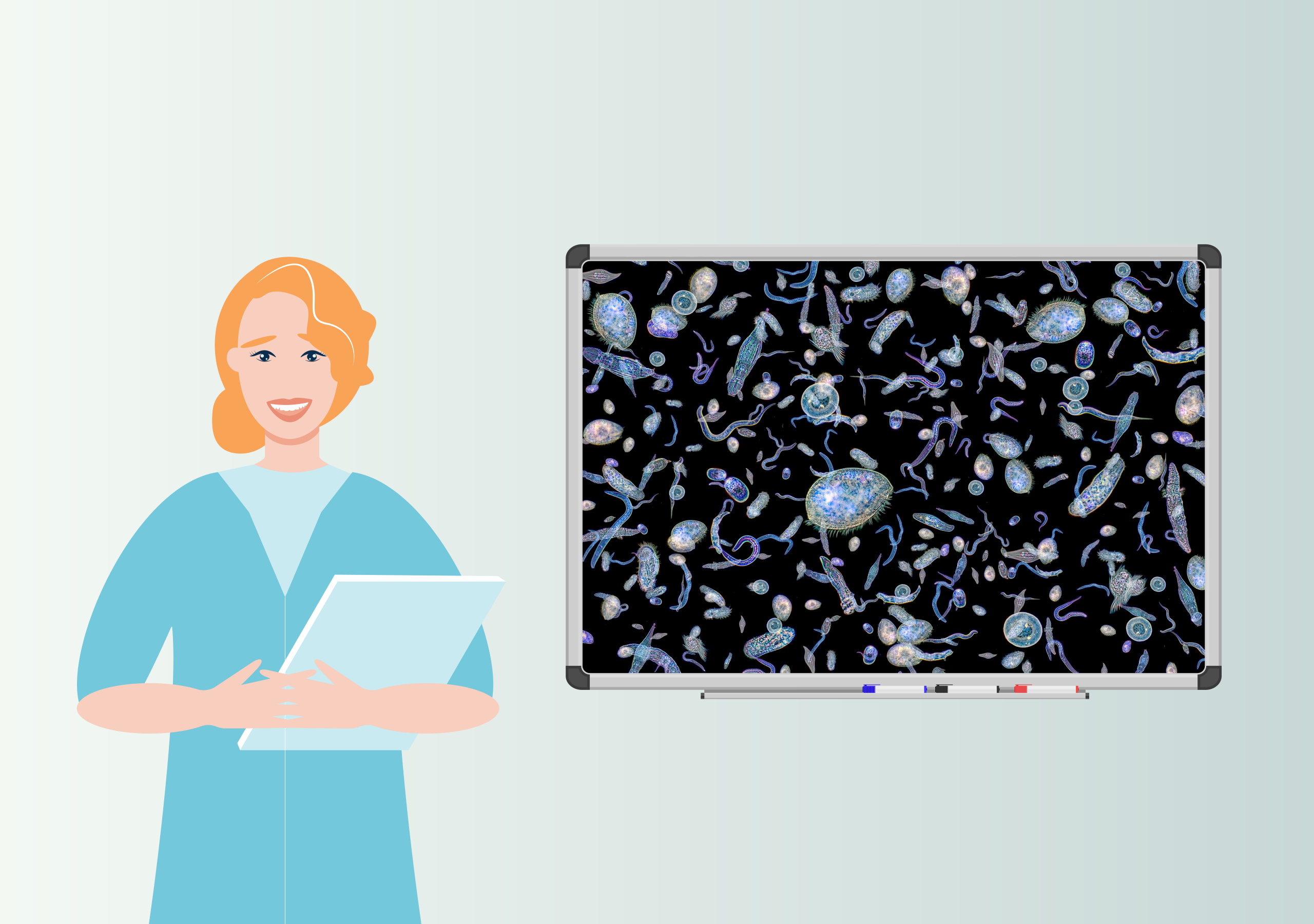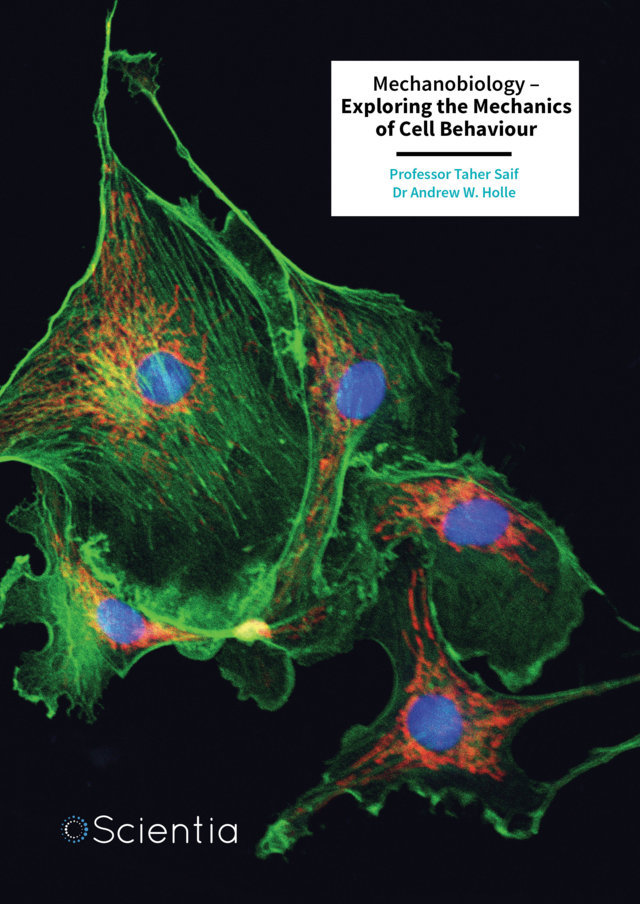Research from Dr. Adam W. Carrico at the Florida International University, and his colleagues, explores innovative approaches to address HIV prevention and treatment challenges among sexual minority men who use stimulants. Three interconnected studies examine how behavioral interventions can reduce HIV viral load, alter gene expression in immune cells, and increase the use of preventive medication in this high-priority population. Collectively, these randomized controlled trials provide compelling evidence of the potential of behavioral interventions to improve health behaviors and outcomes. More
Sexual minority men, meaning gay, bisexual, and other men who have sex with men, face disproportionate impacts from both HIV and substance use disorders. In the United States, this population accounts for approximately two-thirds of new HIV diagnoses, with methamphetamine use recognized as a particularly significant driver of HIV transmission. Methamphetamine use is associated with increased condomless anal sex and can undermine HIV treatment adherence among those living with HIV. For men without HIV, methamphetamine use complicates engagement in care with pre-exposure prophylaxis (or PrEP), a prevention medication that virtually eliminates risk for HIV acquisition when taken as prescribed. Developing scalable, effective behavioral interventions that address both substance use and HIV is therefore crucial for reducing HIV incidence and improving health outcomes in this population.
Dr. Adam Carrico of Florida International University and his colleagues conducted a randomized controlled trial in San Francisco. They aimed to test whether a positive affect intervention when paired with community-based contingency management for stimulant abstinence could achieve more durable reductions in HIV viral load among sexual minority men with HIV who use methamphetamine. Contingency management is an evidence-based behavioral intervention where individuals receive financial incentives for healthy behavior changes, such as providing stimulant-free urine samples. Although contingency management is effective for reducing stimulant use in the short term, its benefits can diminish after incentives end.
The researchers hypothesized that a positive affect intervention could enhance and extend the effectiveness of contingency management. Positive affect interventions generally incorporate components such as mindfulness-based meditation designed to cultivate greater insight and awareness as well as increase positive emotions such as happiness and gratitude. This provides individuals with tools for managing stimulant withdrawal while also helping them reconnect with natural sources of reward beyond stimulant use. This approach is grounded in Revised Stress and Coping Theory, which proposes that positive affect serves a key adaptive role during chronic stress by reinvigorating cognitive-behavioral coping responses.
The study, referred to as Affect Regulation Treatment to Enhance Methamphetamine Intervention Success (or ARTEMIS), enrolled 110 sexual minority men living with HIV who had biologically confirmed recent methamphetamine use. Participants were randomized to receive either a five-session positive affect intervention (for 55 participants) or an attention-control condition (for another 55 participants) during three months of community-based contingency management for stimulant abstinence. The positive affect intervention consisted of eight core skills shown to increase positive affect in prior research, including noticing positive events, practicing gratitude, mindfulness, positive reappraisal, identifying personal strengths and values, setting attainable goals, and engaging in altruism. The attention-control option involved neutral writing exercises and questionnaires.
Results demonstrated that men randomized to the positive affect intervention displayed significantly lower HIV viral load at six, twelve, and fifteen months compared to those in the attention-control condition. Perhaps most strikingly, men in the positive affect intervention had significantly lower risk of having at least one unsuppressed viral load by medication over the 15-month follow-up. 15% of those receiving the positive affect intervention had an unsuppressed viral load versus nearly half (46%) of the control group. These improvements in HIV viral suppression were paralleled by statistically significant increases in positive affect and decreases in self-reported stimulant use at six and twelve months.
The findings have important implications for HIV treatment as prevention. Achieving and maintaining viral suppression is essential for optimizing health outcomes in people living with HIV and dramatically reduces the risk of HIV transmission. This study demonstrates that integrating positive affect skills training with contingency management can promote more durable viral suppression, potentially yielding both clinical and public health benefits.
Building on these findings, Dr. Carrico and colleagues conducted a sub-study to examine whether the positive affect intervention altered leukocyte DNA methylation, a biological mechanism through which increases in positive affect and reductions in stimulant use may influence gene expression. This study included only participants whose HIV was very well controlled (with very low levels of virus in their blood) both at the beginning of the trial and six months later. This approach allowed researchers to clearly see how the intervention affected DNA methylation, while minimizing the extent to which the results were complicated by active HIV replication, which can itself cause biological changes.
The researchers hypothesized that their positive affect intervention would change how certain genes in the body are turned on or off, particularly genes involved in how the brain and immune system communicate. When people use methamphetamine, it activates the body’s stress systems, releasing stress chemicals and hormones. These stress chemicals can change how genes work in immune cells by adding small molecules (called methyl groups) to the DNA, which typically turns genes off. In contrast, positive emotions such as happiness tend to decrease stress responses. The researchers believed their intervention, which increased positive affect, might reverse some of the gene changes caused by methamphetamine use.
Using specialized technology to measure changes in immune cell genes, the researchers found that the positive affect intervention changed how certain genes were methylated. Specifically, the intervention reduced the switching-off (methylation) of genes that control two important receptors: one that responds to stress signals and another that responds to oxytocin, often called the “bonding hormone.” Further analysis showed that the intervention affected genes involved in brain function and the release of brain chemicals that influence mood and reward, including dopamine and serotonin, all of which play important roles in addiction and emotional wellbeing.
These findings suggest that an evidence-based behavioral intervention that reduces stimulant use can influence the biological mechanisms through which stress and substance use affect immune function. The change in the oxytocin receptor gene is especially interesting because oxytocin has helpful effects throughout the body. Oxytocin can reduce inflammation by connecting with immune cells called macrophages. It can also stimulate an important nerve (the vagus nerve), which helps release more oxytocin in the brain. These biological changes might explain both the emotional and physical health benefits that participants experienced from the positive affect intervention.
In the third trial, Dr. Carrico and his colleagues extended this line of research to HIV prevention by examining behavioral interventions to increase PrEP use among sexual minority men without HIV who use stimulants. PrEP can prevent HIV acquisition by up to 99% when taken as prescribed, but engagement in PrEP care is often challenging for men who use stimulants, potentially limiting the public health impact of this effective prevention tool.
The trial employed a research design called a sequential multiple assignment randomized trial to test the feasibility, acceptability, and scalability of two telehealth motivational enhancement interventions for optimizing PrEP use: motivational interviewing and contingency management. Motivational interviewing targets intrinsic motivation for behavioral change through collaborative conversation, while contingency management provides financial incentives for completing targeted behaviors.
In Dr Carrico and the research team’s pilot study, 70 sexual minority men who used stimulants and were not currently taking PrEP were initially randomized to either: (a) a two-session motivational interviewing intervention focusing on PrEP use and concomitant risk behaviors, or (b) a contingency management intervention with financial incentives for PrEP clinical evaluation ($50) and filling a PrEP prescription ($50). After 3 months, participants who had not filled a PrEP prescription were randomized a second time to either: (a) switch to a combination of both interventions, or (b) continue with assessments only.
Results demonstrated strong engagement with the interventions, which participants described as flexible and nonjudgmental. Those who received contingency management incentives reported using them to meet basic needs, while those who received motivational interviewing indicated that the sessions improved their understanding of PrEP. The estimated cost of intervention delivery was $404 per participant for motivational interviewing, $236 for contingency management, and $475 for the combined approach.
Overall, 39% of participants provided verified evidence of PrEP use over six months. Participants who received contingency management alone were most likely to initiate PrEP use (61% compared to 41% with motivational interviewing alone and 44% with the combined approach). However, there were potential benefits of the combined approach for reducing concomitant risk behaviors. Prior PrEP use and increases in intentions to use PrEP were significantly associated with verified PrEP uptake.
These findings suggest that telehealth motivational enhancement interventions represent promising, scalable approaches for optimizing HIV prevention among sexual minority men who use stimulants. The telehealth platform allowed researchers to reach a national sample, including those who may have limited access to PrEP care or affirmative healthcare services for sexual minority men. This is particularly important in Southern, Midwestern, and rural settings where there are documented gaps in PrEP access.
Taken together, Dr Carrico’s work highlights the potential of integrative behavioral approaches to address the interconnected challenges of substance use and HIV among sexual minority men. The positive affect intervention demonstrated efficacy in reducing HIV viral load and altering biological mechanisms relevant to neuroimmune function. Meanwhile, contingency management showed promise for increasing PrEP uptake among HIV-negative men who use stimulants, with potential benefits from adding motivational interviewing for those who do not respond to financial incentives alone.
These findings have important implications for HIV treatment and prevention. By developing and testing behavioral interventions that can influence psychological, behavioral, and biological outcomes, researchers are moving toward more comprehensive approaches to improving health outcomes in this key population.







